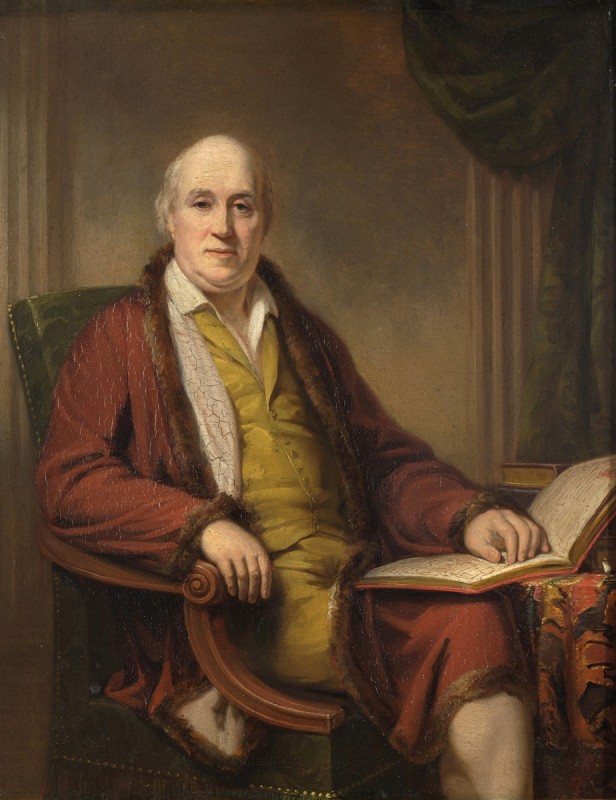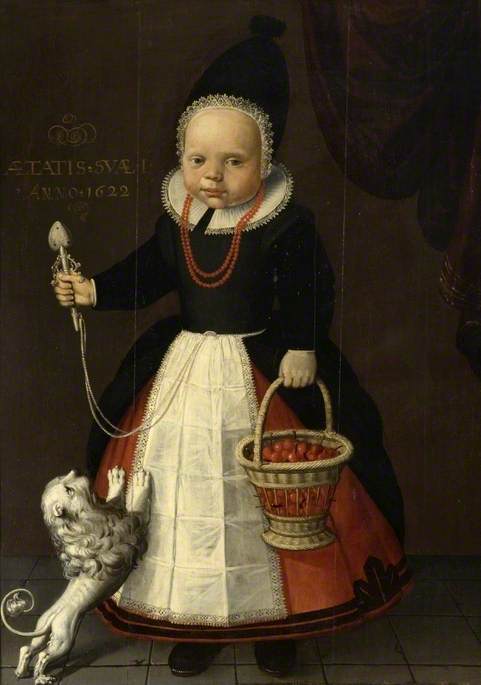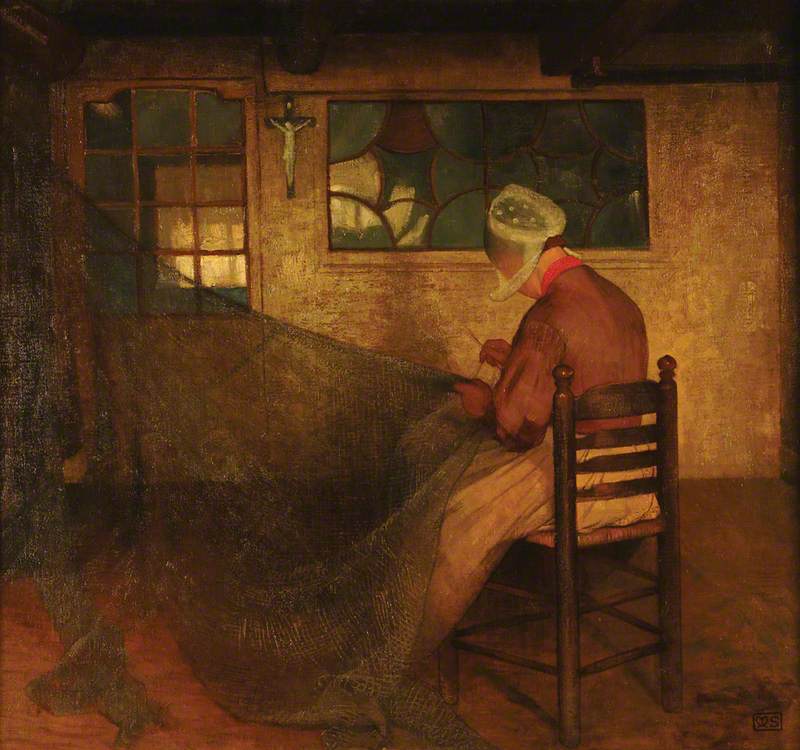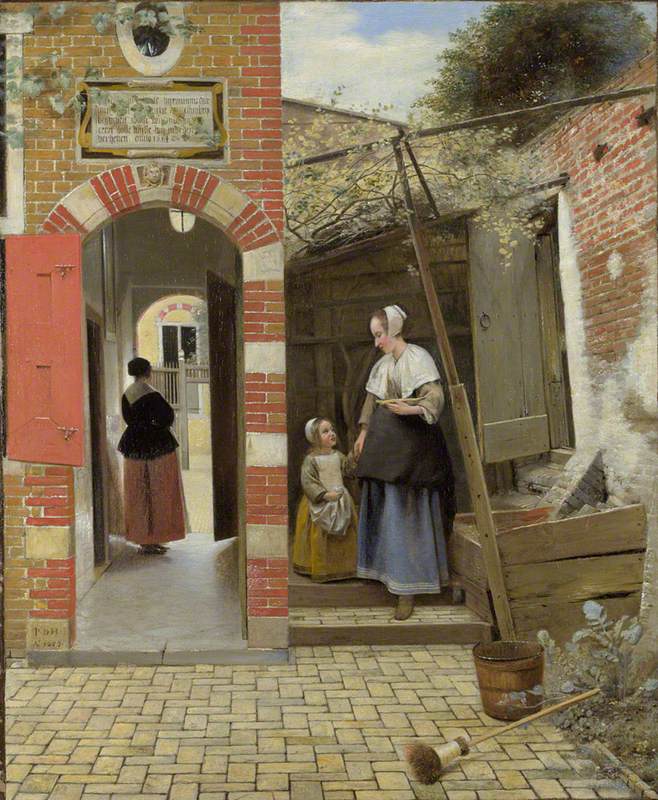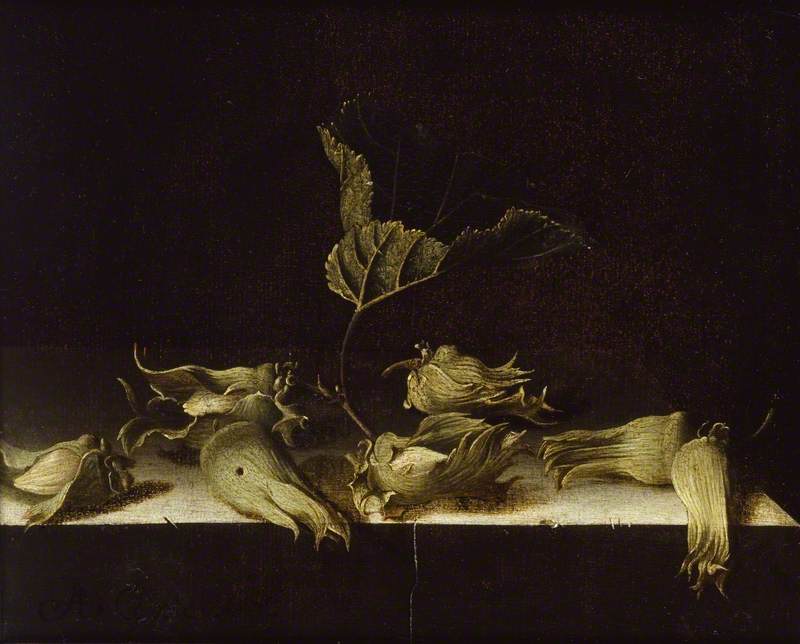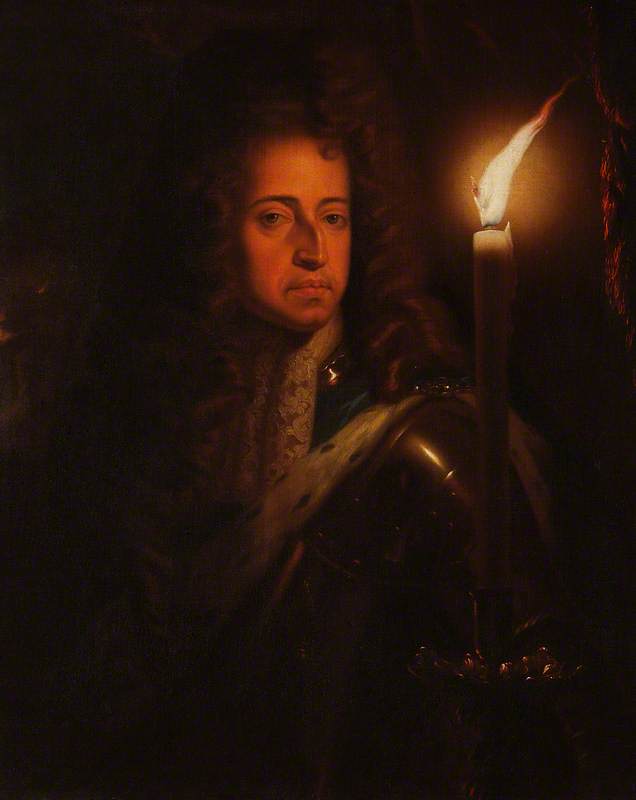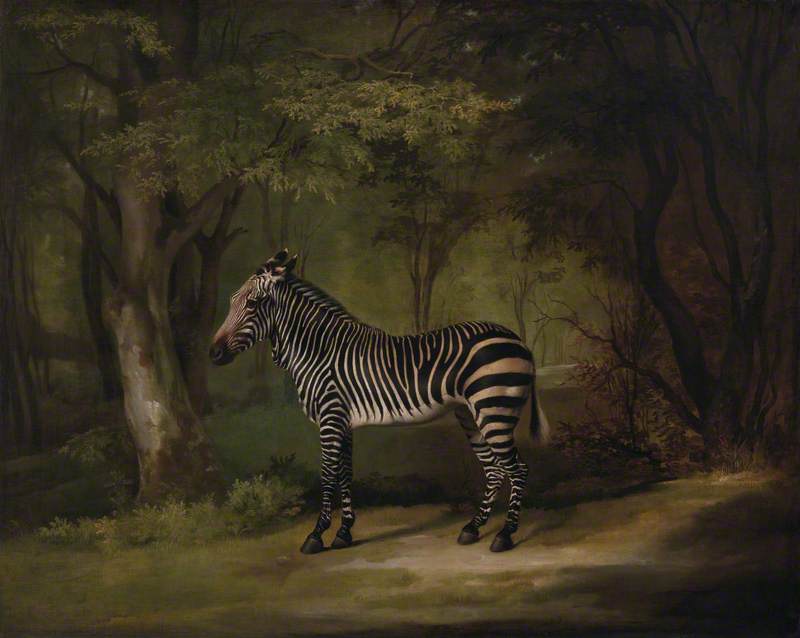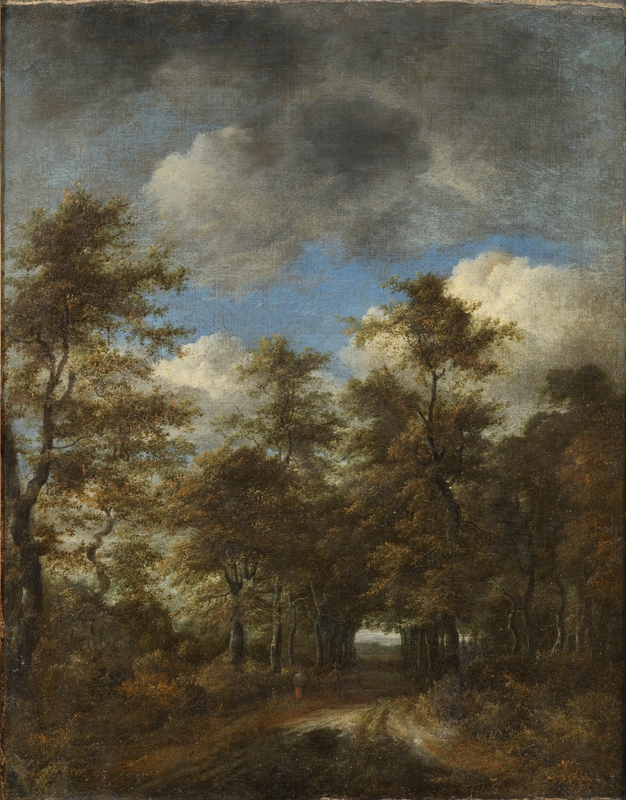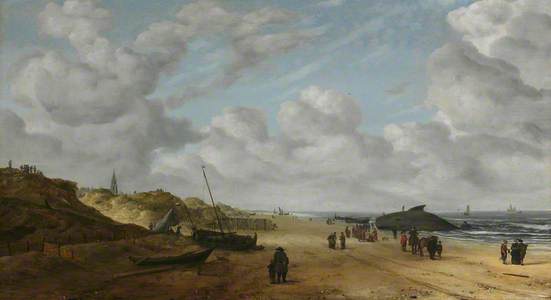Even the most unassuming work of art can harbour a surprising secret. As a conservator, it is always exciting to make discoveries during the examination and treatment of a painting. View of Scheveningen Sands (c.1641, The Fitzwilliam Museum) by the Dutch painter Hendrick van Anthonissen was certainly no exception. The image depicts people clustered on the sands, or peering down from the dunes, on what appears to be a winter’s day. However, the calm beach scene was more than what meets the eye.
The painting came to the Hamilton Kerr Institute for cleaning and structural repair during the recent refurbishment of The Fitzwilliam Museum’s gallery of Dutch Golden Age paintings. The first task was to remove the extremely discoloured varnish layer covering the painting. As original colours and details began to emerge, a large patch of oil overpainting – covering the left half of the sea – also became evident. This overpaint was quite crude in handling, but was overlooked in the past due to the brown and obscuring varnish. Scientific analysis revealed the repaint was not contemporary with the painting (over a century later), and thus not added by the artist himself. It was applied to intentionally alter the original image.
An initial cleaning test uncovered, beneath the repaint, a large fin belonging to a beached whale. It was shocking to discover that a whale had been the intended focus of the composition all along! This major alteration had gone unnoticed since 1873, when the Rev. Richard Kerrich bequeathed the painting to The Fitzwilliam Museum. However, the exact date and motive for concealing the beached whale remain unknown. In the eighteenth or nineteenth century, paintings were often elements of interior design that were adapted to fit certain living spaces – or adjusted to suit changing tastes. Possibly, a previous owner was repulsed by the presence of a dead whale in his Dutch landscape painting.
In conjunction with curators, the decision was made to remove the overpaint and reveal the whale. The artist’s original intentions took precedence over retaining the alteration as an historical record of its temporary appearance. Furthermore, the repaint was not of good quality and affected the aesthetic appreciation of the picture. The repaint was carefully removed with the aid of a microscope. It was incredibly satisfying to see the whale slowly emerge and brought to view… for the first time in over 150 years.
Unveiling of the sperm whale revealed the original coherence of the composition. It is now clear that people were gathered on a winter day to witness a spectacle instead of staring at the empty sea. A newly uncovered figure can be seen balancing on the whale’s back in order to measure its length. Anthonissen’s whale appears to have been painted from real-life observations rather than copied from an existing painting or print. Unusually, the beached animal is sitting upright rather than on its side. Like many other depictions of whales during this period, it contains anatomical inaccuracies (most prominently the dorsal fin on its back). In the early seventeenth century, there was an unusually high number of sperm whale strandings along the Dutch coast. These events always attracted the curiosity of the public and were recorded in prints such as Jan Saenredam’s engraving of the 1602 stranding near Beverwijk.
View of Scheveningen Sands is now back on display in The Fitzwilliam Museum’s newly refurbished Dutch Golden Age gallery.
Shan Kuang, Former Postgraduate Student, Hamilton Kerr Institute

